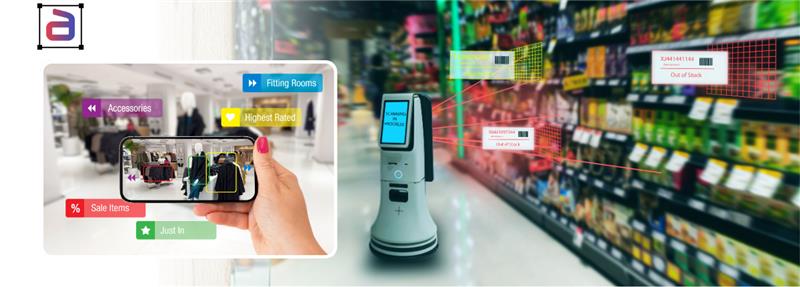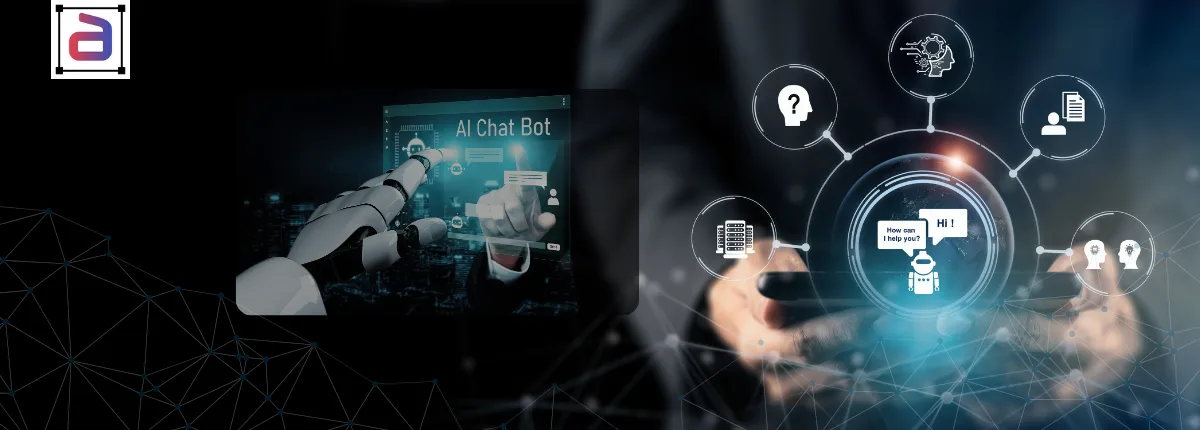Artificial intelligence promises automation and efficiency at scale, but AI systems are only as good as the data and feedback that train them. Without oversight, even the most sophisticated algorithms can generate flawed predictions or perpetuate harmful biases. This is why organizations increasingly rely on the Human-in-the-Loop (HITL) process — a model that blends machine efficiency with human judgment. With Human-in-the-loop AI feedback, it isn’t just data — it’s the gold that powers smarter, more reliable AI.
According to McKinsey, AI systems retrained with high-quality human feedback outperform models trained only on automated labels by up to 20% in accuracy. For executives, this means HITL is not just a technical feature, but a strategic driver of ROI.
Why Human-in-the-Loop AI Feedback is the Secret Ingredient
AI systems thrive on iteration. Without continuous learning from real-world inputs, they stagnate. Human feedback plays a critical role because it fills the gaps where algorithms fall short:
- Context: Machines struggle with nuance — humans can interpret tone, cultural differences, or domain-specific subtleties that raw data alone cannot capture. For instance, sarcasm in customer reviews or subtle abnormalities in medical scans are better recognized by people than machines.
- Correction: Left unchecked, AI errors compound quickly. Human reviewers identify mistakes early, preventing flawed outputs from propagating. This is especially vital in high-stakes industries like finance or healthcare, where even a 1% error rate can have multimillion-dollar consequences.
- Calibration: Markets, behaviors, and environments change. Humans help AI adjust to these shifts by supplying updated context. This ensures models remain relevant and adaptive, rather than locked into outdated patterns.
Industry data underscores the importance of Human-in-the-Loop AI feedback. A PwC report found that AI models incorporating structured human feedback improved reliability by nearly 30% compared to fully automated systems. Feedback is not a minor add-on—it is the ingredient that turns raw predictions into actionable intelligence.
“AI without human feedback is like a student without a teacher—data alone is not enough for growth.” — Deloitte AI Insights.
How the Human-in-the-Loop Process Works
HITL creates a feedback loop that systematically converts errors into intelligence and improvement. Rather than treating mistakes as failures, HITL treats them as lessons that strengthen the model over time:
- AI Generates Predictions or Labels: Algorithms first process repetitive, large-scale tasks, offering unmatched speed and scalability. However, without oversight, these outputs may contain errors or lack context.
- Humans Review and Provide Feedback: Skilled annotators or domain experts step in to correct errors, add nuance, and validate ambiguous cases. This human judgment ensures cultural, contextual, or industry-specific insights are not lost. As a senior analyst at Forrester noted, “Machines may process information faster, but humans process meaning better.”
- Feedback Trains the Model: Corrections and clarifications provided by humans are then fed back into the model. This retraining helps the AI refine its understanding and adapt more effectively to real-world complexity.
This cycle repeats continuously, creating a self-improving ecosystem. With every iteration, accuracy improves, bias decreases, and the system becomes more robust in handling complex scenarios. Over time, what begins as raw machine output evolves into highly reliable intelligence that executives can trust to inform business-critical decisions.
Business Value of HITL Feedback
For executives, Human-in-the-Loop AI feedback translates into tangible and measurable outcomes that directly impact business performance:
- Improved accuracy: Human-guided corrections improve model reliability, reducing costly mistakes. A single percentage-point improvement in training data accuracy can translate into millions in savings by avoiding misclassifications or false alerts. As one Accenture report noted, “Organizations that invest in feedback-driven AI see up to 25% fewer downstream errors.”
- Reduced bias: Diverse human reviewers identify and correct systemic biases that algorithms alone often miss. This not only makes models fairer but also prevents reputational and regulatory risks in sensitive sectors like finance and healthcare.
- Compliance and trust: Human oversight ensures outputs align with regulatory frameworks and ethical standards, providing executives with peace of mind. Regulators increasingly expect evidence of human involvement in AI decision-making, especially in industries like healthcare and banking.
- Faster deployment: Feedback-driven models adapt more quickly to new data patterns, cutting time-to-market for AI solutions. Speed matters: according to Deloitte, companies using HITL methods saw time-to-deployment reduced by nearly 30% compared to automation-only strategies.
Example: An autonomous-driving company used HITL to refine edge-case annotations (e.g., pedestrians partially obscured by vehicles or cyclists in low-light conditions). Incorporating human feedback reduced safety-critical errors by 25%, accelerating regulatory approval for deployment and giving executives confidence to scale faster. This case illustrates how the right balance of automation and human oversight delivers not just safer AI but also measurable business ROI. Feedback-driven models adapt quicker, cutting time-to-market for AI solutions.
Industry Applications For Human-in-the-Loop AI Feedback
Human-in-the-Loop feedback isn’t confined to theory—it’s being applied in industries where accuracy, trust, and compliance are paramount. Here are three sectors where its impact is especially profound:
- Healthcare: Doctors and radiologists validate AI-driven diagnoses, ensuring that algorithms catch subtle conditions like early-stage cancers or rare anomalies. By layering physician expertise on top of machine predictions, hospitals have reported accuracy gains of up to 15%. As one healthcare CIO put it, “AI without clinical feedback is unsafe; with feedback, it becomes a lifesaving tool.”
- Finance: Analysts review AI-flagged transactions to separate true fraud from false positives. Without HITL, banks risk alienating customers by blocking legitimate payments. With it, they reduce false positives by 20–30%, saving millions in operational costs while protecting customer trust.
- Retail: Human annotators refine product categorization and sentiment analysis in customer reviews, which allows recommendation engines to perform with greater precision. Retailers using HITL feedback have reported fewer returns and stronger upsell rates. For example, refining mislabeled categories helped one global retailer increase recommendation accuracy by 18% in a single quarter.
Each of these examples highlights the same truth: HITL feedback transforms abstract data into trusted intelligence, turning potential liabilities into measurable business outcomes.
Executive Takeaway
Human-in-the-Loop feedback transforms raw machine output into refined intelligence. It ensures AI systems are not only faster, but also fairer, safer, and smarter. Feedback isn’t an afterthought—it’s the foundation of trustworthy AI.
Annotera’s Role For Human-in-the-Loop AI Feedback
At Annotera, we specialize in HITL annotation workflows that leverage human feedback to improve models. Our approach combines AI-assisted pre-labeling, expert human review, and iterative feedback loops that continually strengthen AI models. By partnering with us, organizations ensure their AI systems evolve with precision, fairness, and speed.
Feedback is the gold that powers intelligent AI. With the right HITL processes, businesses turn errors into opportunities, risks into trust, and raw data into competitive advantage.
Ready to turn feedback into smarter AI?
Connect with Annotera today and explore how our HITL solutions create models that learn, adapt, and deliver ROI.


